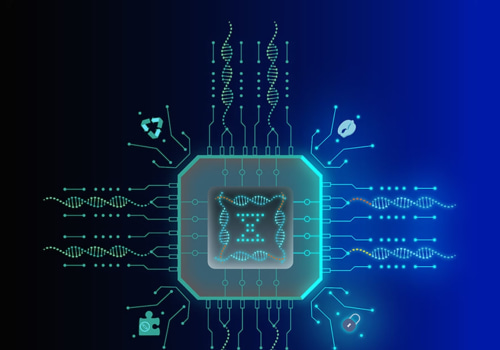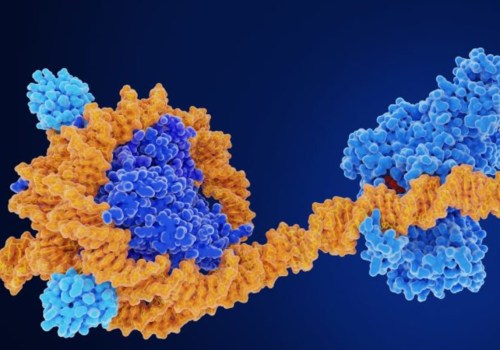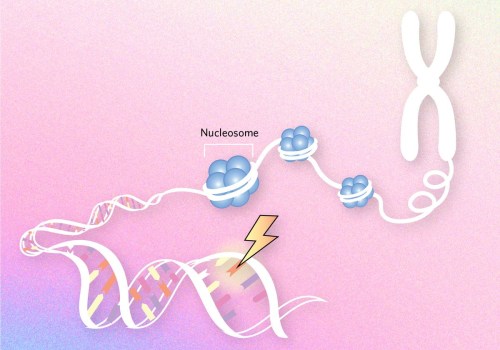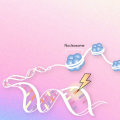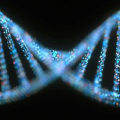Next-generation sequencing (NGS) has revolutionized the field of genomics and is enabling researchers to study complex biological systems in unprecedented detail. NGS technology enables researchers to sequence entire genomes, or large portions thereof, in a single experiment. This technology has been used to identify genetic causes of diseases, to study population structure and evolution, and to catalog the diversity of microbial life. In this article, we provide a comprehensive overview of NGS technology and its applications. We discuss the principles underlying NGS, the different types of sequencing platforms available, and the various data analysis pipelines available for data analysis.
We describe the challenges associated with NGS data analysis, such as data storage and management, quality control, and bioinformatics analysis. Finally, we discuss the many potential applications of NGS technology in a variety of research fields.
Next-Generation Sequencing
(NGS) is a powerful tool that has revolutionized the way scientists and researchers are able to study genomes. NGS allows us to sequence genomes at an unprecedented speed and accuracy, with the potential to unlock insights into the genetic basis of diseases, development, evolution and more. NGS also allows scientists to study gene expression levels, which can provide valuable insights into how genes interact with one another and with the environment.There are several types of NGS technologies, each with its own advantages and disadvantages. These include whole genome sequencing, targeted sequencing, RNA sequencing, epigenetic sequencing and single cell sequencing. Whole genome sequencing is the most comprehensive approach, providing an overview of all the genetic material in an organism. Targeted sequencing is a cost-effective way to focus on specific genes or regions of interest.
RNA sequencing is used to measure gene expression levels, while epigenetic sequencing helps us understand how genes are regulated by environmental factors. Finally, single cell sequencing enables researchers to study individual cells and their unique genetic composition. Each type of NGS technology has potential applications in many different fields. Whole genome sequencing can be used to identify genetic variants associated with diseases, as well as to study the evolution of organisms over time.
Targeted sequencing can be used to detect mutations in specific genes associated with cancer or other diseases. RNA sequencing can be used to better understand how gene expression levels affect cellular processes. Epigenetic sequencing can be used to understand how environmental factors influence gene expression, and single cell sequencing can provide insights into how cellular differences contribute to disease. The importance of Next-Generation Sequencing lies in its ability to provide a comprehensive view of an organism's genome.
By combining different types of NGS technologies, researchers can gain a deeper understanding of how genes interact with one another and the environment. This knowledge can then be used to develop treatments for diseases and improve our understanding of human health and disease.
Challenges of Next-Generation Sequencing
Next-generation sequencing (NGS) is a powerful tool for genome sequencing and analysis, but it comes with its own set of challenges. One of the primary challenges is data analysis and storage.NGS generates large volumes of data that require significant computational resources to process and store. The analysis of the data is also complex and time-consuming, as it requires specialized software and considerable expertise. Another challenge associated with NGS is accuracy. Sequencing errors can occur at various stages of the process, leading to inaccurate results. To minimize this risk, multiple sequencing runs are often required to confirm results.
This increases the cost and time associated with the project. Lastly, NGS is expensive compared to other sequencing methods. The cost of the technology, along with the costs associated with analysis and storage, can be prohibitive for some researchers.
Advantages of Next-Generation Sequencing
Next-generation sequencing (NGS) is an advanced sequencing technology that has revolutionized the field of genetics. NGS has numerous advantages over traditional sequencing methods, including cost savings, increased speed, and greater accuracy. One of the primary benefits of NGS is cost savings.Compared to traditional methods, NGS is significantly less expensive. This is due to the fact that NGS uses massively parallel sequencing technology, which allows for the simultaneous sequencing of thousands of DNA fragments in a single run. This reduces the cost per sample and makes NGS more cost effective for research and clinical applications. Speed is another advantage of NGS.
Traditional sequencing methods can take days or weeks to complete a single run, while NGS can do this in hours or even minutes. This makes it much more feasible to sequence large genomes quickly and efficiently. Finally, NGS also offers greater accuracy than traditional sequencing methods. By using massively parallel sequencing technology, NGS can produce higher quality data with fewer errors than traditional methods.
This increased accuracy makes it possible to detect rare genetic variants that may have been missed by traditional methods. In conclusion, Next-generation sequencing offers numerous advantages over traditional sequencing methods. It is significantly less expensive, faster, and more accurate than traditional methods, making it ideal for research and clinical applications.
Types of Next-Generation Sequencing
Next-generation sequencing (NGS) is an umbrella term for a variety of DNA sequencing technologies used in genomic studies. These technologies are much faster and more efficient than traditional Sanger sequencing, allowing researchers to sequence and analyze large amounts of DNA quickly and cheaply. NGS provides a powerful tool for exploring genetics and the molecular basis of disease.There are several different types of NGS, each with its own advantages and disadvantages. The most common types are: Illumina, Ion Torrent, PacBio, Oxford Nanopore, and 10x Genomics.
Illumina
Illumina is the most widely used sequencing technology in the world. It uses short read lengths of about 150-300 base pairs.Illumina is fast, accurate, and cost-effective, making it the preferred option for most applications.
Ion Torrent
Ion Torrent is a semiconductor-based sequencing technology that uses short reads of about 100 base pairs. It is fast and cost-effective but not as accurate as other technologies.PacBio
PacBio is a long-read sequencing technology that can generate reads up to 10,000 base pairs long.PacBio is slower than other technologies but provides the most accurate results. It is often used for de novo sequencing or for applications requiring long reads such as structural variant detection.
Oxford Nanopore
Oxford Nanopore is a real-time sequencing technology that can generate reads up to 100,000 base pairs long. It is fast, accurate, and cost-effective but not as widely used as other technologies.10x Genomics
10x Genomics is a relatively new technology that uses a combination of short- and long-read sequencing to provide highly accurate results.It can also generate extremely long reads of up to 1 million base pairs in length. 10x Genomics is used for applications such as transcriptome profiling and single-cell analyses. In this article, we have provided a comprehensive overview of Next-Generation Sequencing (NGS). We discussed the types of NGS, the advantages it provides compared to traditional sequencing methods, and the challenges associated with it.
NGS has revolutionized the field of molecular biology, allowing for an unprecedented level of accuracy and speed in the sequencing of DNA. It has enabled researchers to study the genetic makeup of organisms and to gain insights into the structure and function of genomes. NGS has also enabled the development of personalized medicine and precision medicine, leading to more effective and accurate diagnosis and treatments for many diseases. Finally, NGS has enabled researchers to explore new areas of research, such as gene therapy, cancer research, and evolutionary studies.
We hope that this overview has helped you understand why NGS is important and how it can be used. If you would like to learn more about NGS, we invite you to explore our other articles in the Silo “DNA sequencing and analysis” / “Methods for DNA sequencing and analysis”.
